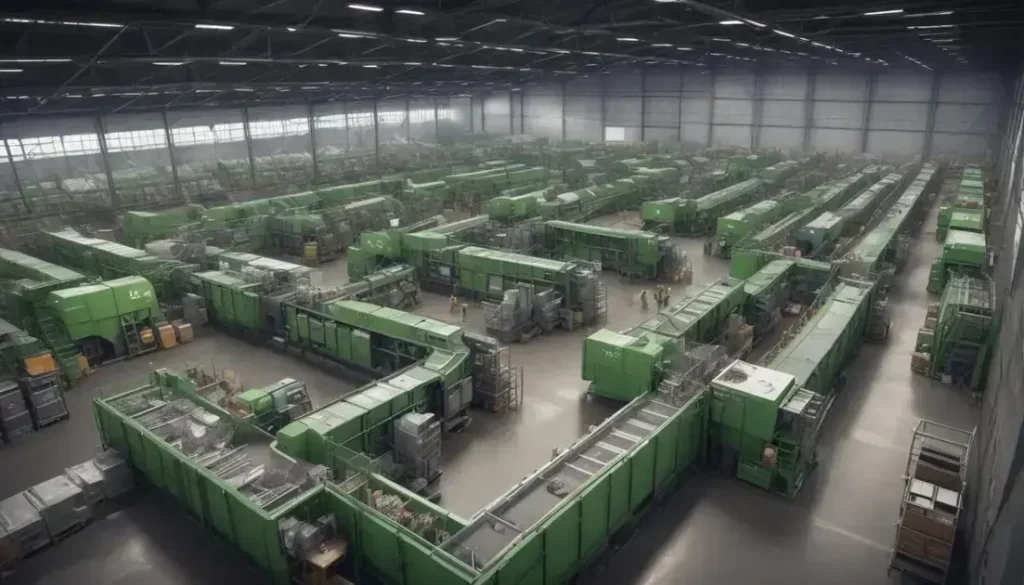Vehicle emissions regulations are a critical area of contention between state authorities like California and the federal government, significantly impacting public health, environmental sustainability, and the automotive industry.
On June 14, 2025, the significant dispute over vehicle emissions standards took centre stage as California filed a lawsuit against the Trump administration.
Timeline of California vs. Trump Clean Air Lawsuit
In 2020, a pivotal moment occurred when California initiated its legal battle against the Trump administration regarding vehicle emissions standards. This lawsuit aimed to protect the state’s stringent air quality regulations, which were designed to limit greenhouse gas emissions from automobiles. California’s unique authority under the Clean Air Act allows it to set higher standards than the federal government, making this case particularly significant.
Following several court hearings, the crux of the argument revolved around the potential impact of relaxed federal regulations on public health and the environment. Environmental advocates emphasized that the rollback of clean air policies would exacerbate pollution levels and thwart efforts to combat climate change.
The legal dispute reached its zenith in early 2021 when the Biden administration signalled a shift in policy, aiming to restore and even enhance the emissions standards that had been rolled back. This turn of events highlighted the tension between state and federal powers in regulating environmental issues.
As both sides presented their evidence and perspectives, it became clear that the repercussions of this lawsuit would extend beyond California, influencing national policies related to clean air and emissions standards. The timeline of events serves as a crucial testament to the ongoing struggle for environmental protection amidst changing political landscapes.
Perspectives of California and the Trump Administration
The perspectives of California and the Trump administration offer contrasting views on vehicle emissions regulations. California, as a leader in environmental policy, advocates for stricter emissions standards. This state sees higher regulations as essential for protecting public health and addressing climate change, particularly in urban areas heavily affected by pollution.
On the other hand, the Trump administration adopted a more lenient approach, arguing that such regulations could stifle economic growth and hinder the automotive industry. They believed easing restrictions could lead to lower car prices and more jobs in manufacturing. This position resonated with certain industry groups and conservative political factions.
The conflict escalated as California maintained its right to set its own standards under the Clean Air Act, asserting that federal regulations were insufficient to combat serious air quality issues. The state aims to retain its authority to protect the environment, especially in light of ongoing challenges such as wildfires and smog.
Debate continued as both sides highlighted their priorities—California focused on environmental integrity and sustainable practices, while the Trump administration promoted economic interests and regulatory reform. These differing views underscore the broader national conversation about balancing economic growth with environmental sustainability.
Future Implications for State and Federal Environmental Policies
The future of state and federal environmental policies hinges on the outcome of ongoing legal battles surrounding vehicle emissions standards. As states like California push for more stringent regulations, the federal government faces increased pressure to adapt and consider local environmental needs.
This dynamic sets the stage for a potential shift in how regulations are established and enforced across the country. Greater collaboration between state and federal agencies could emerge, leading to unified strategies that address both economic and environmental concerns.
In particular, the adoption of forward-thinking practices may prioritise sustainability while considering the impact on industries reliant on traditional energy sources. The push for clean energy technology could spur innovation, resulting in new regulatory frameworks designed to facilitate a smoother transition.
Additionally, as public awareness of climate change continues to grow, policymakers will need to account for the increasing demand for cleaner air and diminished emissions. This might lead to more states exercising their rights under the Clean Air Act to implement measures that safeguard environmental health.
Ultimately, the implications for state and federal environmental policies will likely encompass a delicate balance between fostering economic growth and enhancing environmental preservation. Stakeholders will play a crucial role in shaping these policies, guiding future actions and regulatory efforts.
What’s Next for Vehicle Emissions Regulations?
The ongoing legal battle surrounding vehicle emissions regulations highlights a crucial turning point for environmental policy. As states like California advocate for stricter standards, the conversation about balancing economic growth with environmental protection becomes more urgent.
As new regulations develop, we may see a transformation in how both state and federal policies are shaped. Collaboration between various stakeholders can lead to innovative solutions that form a path toward a cleaner future.
Ultimately, the outcome of these discussions will not only impact air quality and public health but also the economic landscape for businesses across the country. It’s essential to stay informed and engaged as these changes unfold, ensuring that all voices are heard in this vital debate.
By navigating this complex landscape, we can work together towards a sustainable environment that benefits everyone.
Frequently Asked Questions
What are the main concerns surrounding vehicle emissions regulations?
The primary concerns include air quality, public health impacts, and the economic effects on the automotive industry.
How does California’s approach to emissions differ from the federal approach?
California advocates for stricter emissions standards, while the federal approach under the Trump administration aimed to ease regulations for economic growth.
What role does the Clean Air Act play in this debate?
The Clean Air Act allows states like California to set higher emissions standards than federal regulations, making it a key element in environmental policy discussions.
Why are businesses concerned about changing emissions regulations?
Businesses worry about compliance costs and potential impacts on their operations, as stricter regulations may require significant changes to their manufacturing processes.
How might future environmental policies impact consumers?
Future policies could lead to cleaner air and healthier environments, but may also result in higher vehicle prices and changes in available car models.
What can consumers do to stay informed about these changes?
Consumers can follow news related to environmental policies, engage in community discussions, and participate in public forums to stay updated on emissions regulations.


